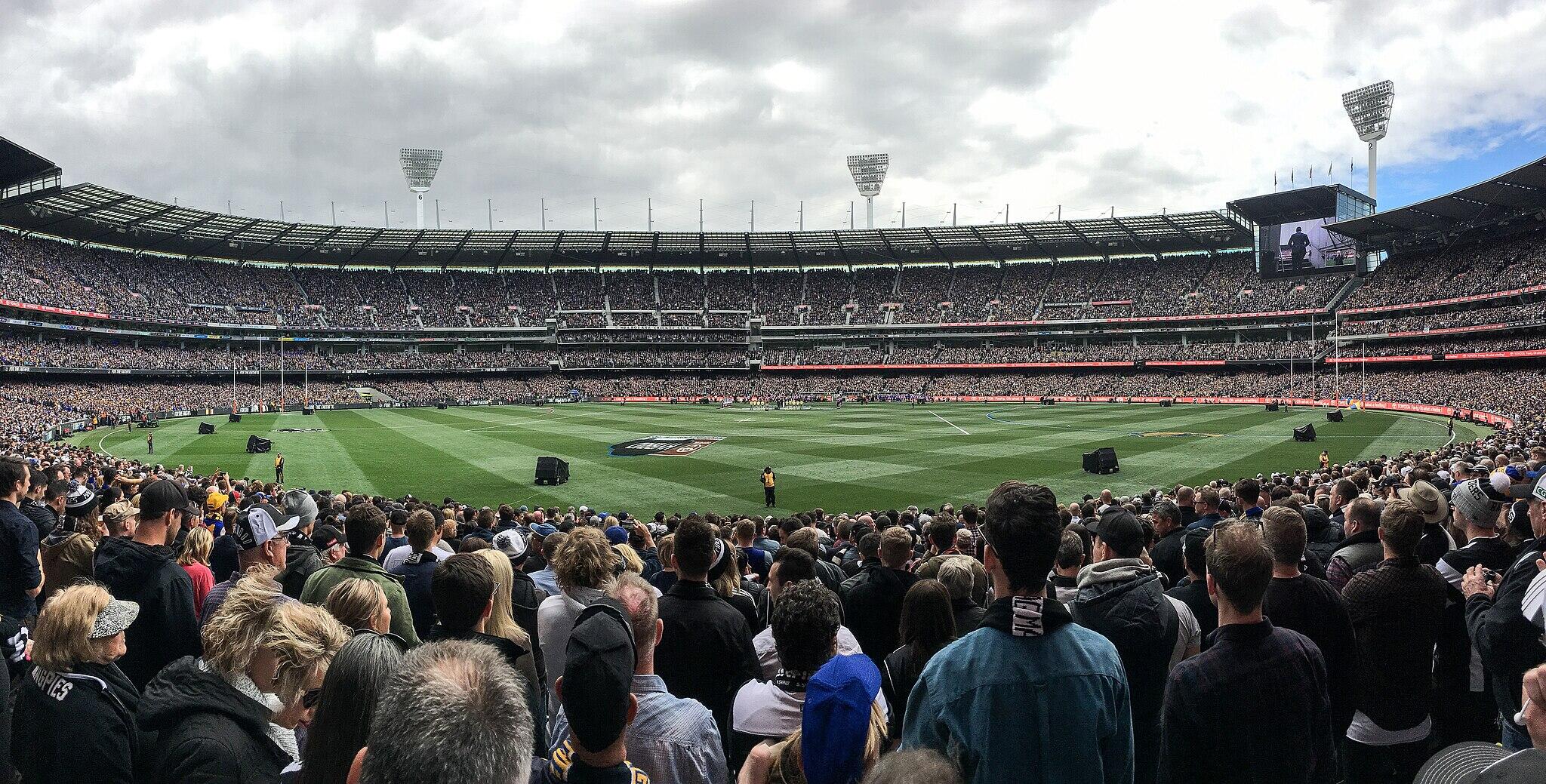Australian rules football, or footy, is a fast-paced contact sport played on one of the largest fields in sports - typically a cricket ground. There are 18 players on each team and a lot of space to cover. If you want to follow the game, you should understand the different positions on the field.
Every role has a purpose, from goal-kicking forwards to hard-running midfielders and reliable defenders. Footy positions may have evolved with modern tactics, but the traditional structure still influences how teams play today. Let's take a look at all the AFL positions so you can see where the players line up, what they do, and why their role matters.
Key Takeaways
- AFL player positions are divided into forwards, midfielders, and defenders, with 18 players on the field at once.
- The forward line aims to score, the midfield drives play, and the backline defends and rebounds.
- Key roles include the full-forward, ruckman, and full-back — each essential to a team’s balance.
- Modern AFL is more flexible, with rotations, zones, and players switching roles frequently.
- Famous examples like Tony Lockett, Chris Judd, and Stephen Silvagni illustrate the skills required in each position.

How AFL Teams Line Up on the Field
In footy, every team fields 18 players across three lines: forwards, midfielders, and defenders. Though there are individualised roles within the team, the three lines play the roles of attack, defence, and transition. Naturally, forwards aim to score, defenders look to protect the goals and limit the opposition's scoring, and midfielders connect play across the ground.
Every club has an interchange bench of four players who rotate frequently throughout the game, too, who are critical given the high intensity of the sport. A player can be subbed on and off the ground several times in the match, which makes the sport unique and a little trickier for new fans to follow.
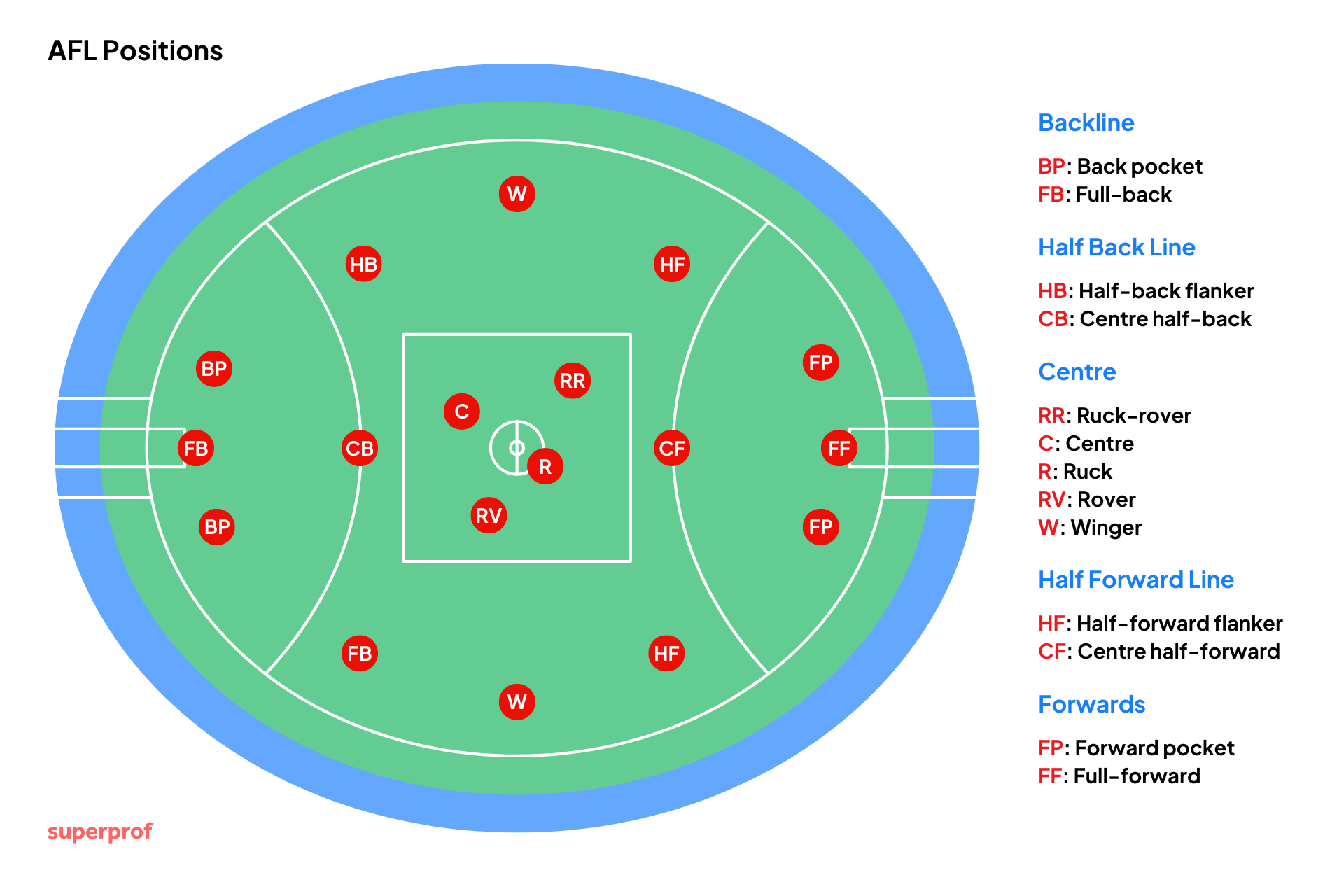
AFL Forward Line Positions
Forwards are primarily responsible for scoring. Their roles are designed to maximise opportunities near the goal. They typically include key tall targets, creative smaller players, and link players who join the midfield to the attack.
Full-forward
The full-forward is usually the team's main goalscorer. Positioned closest to the goalsquare, they're often tall and strong and the target for teammates delivering the ball inside 50. Full-frowards like Tony Lockett and Jason Dunstall have dominated matches by kicking big bags of goals.
This role requires strong marking ability, accuracy in front of the goal, and strength to hold your ground against full-backs. The modern game might spread scoring across multiple players. However, full-forwards are still key figures in every team, with their goals per season being one of their most important stats.
Centre Half-Forward
The centre-half-forward (CHF) plays further up the ground.
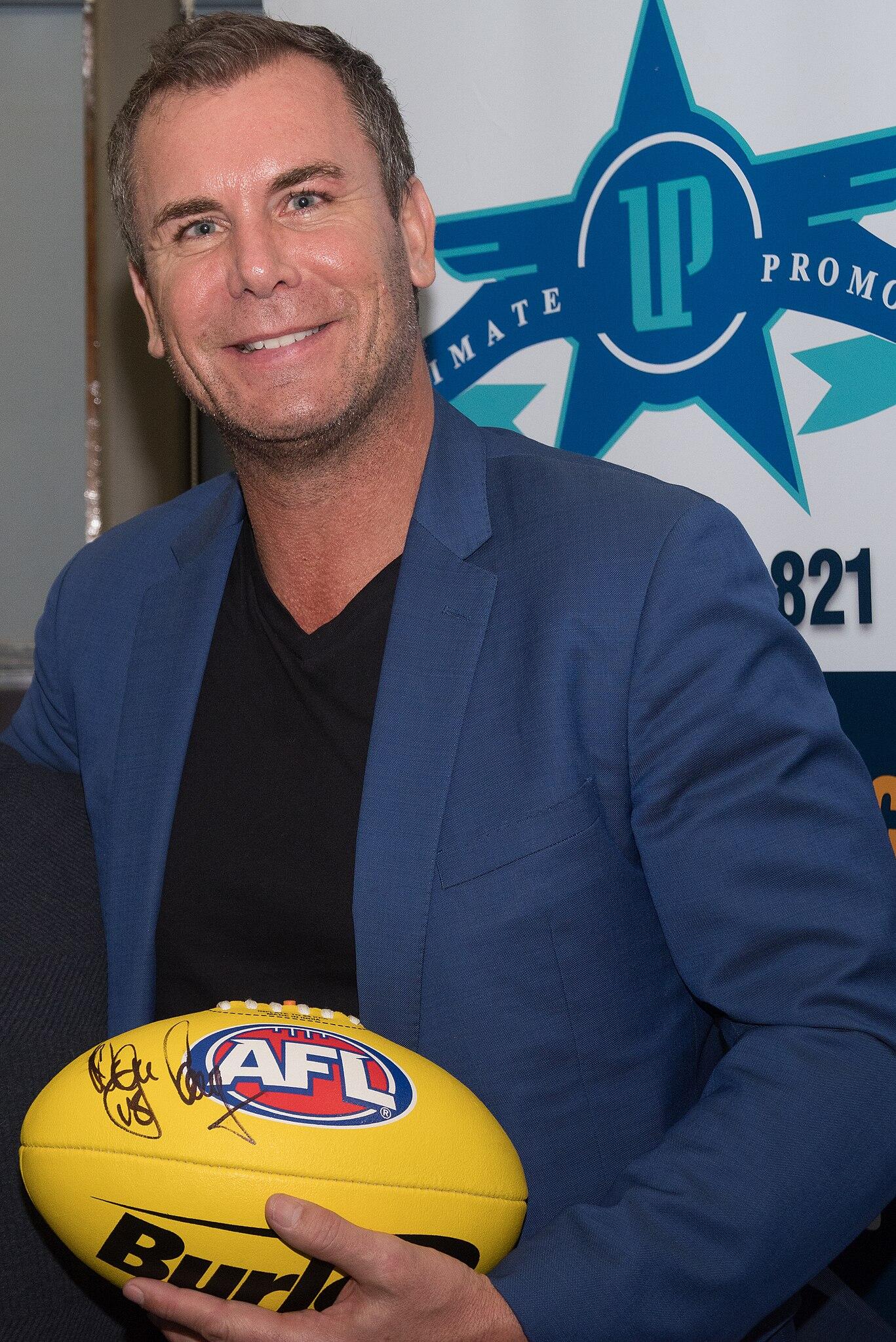
They're often considered the most challenging position on the field.
They cover large distances, link the midfield to the forward line, and provide a strong marking option around the 50-metre arc.
Famous centre half-forwards like Wayne Carey or Jonathan Brown combined size, skill, and leadership.
Central to their team's structure, a CHF needs to be versatile and able to take contested marks, kick goals, and create scoring changes for teammates.
Forward Pockets (AFL Forward Pocket Role)
The forward pocket plays near the goals. Pocket players are typically smaller and faster, thriving on ground balls and defensive pressure. They convert half-chances, tackle opposition defenders, and lock the ball inside 50.
Stars like Eddie Betts and Stephen Milne made the forward pocket a position of creativity and flair, producing highlight-reel goals from the boundary line. They don't usually kick as many goals as a full-forward, but their relentless effort can change games with moments of magic.
Half-Forward Flanks
Half-forward flankers are positioned between the midfield and the full-forward line.
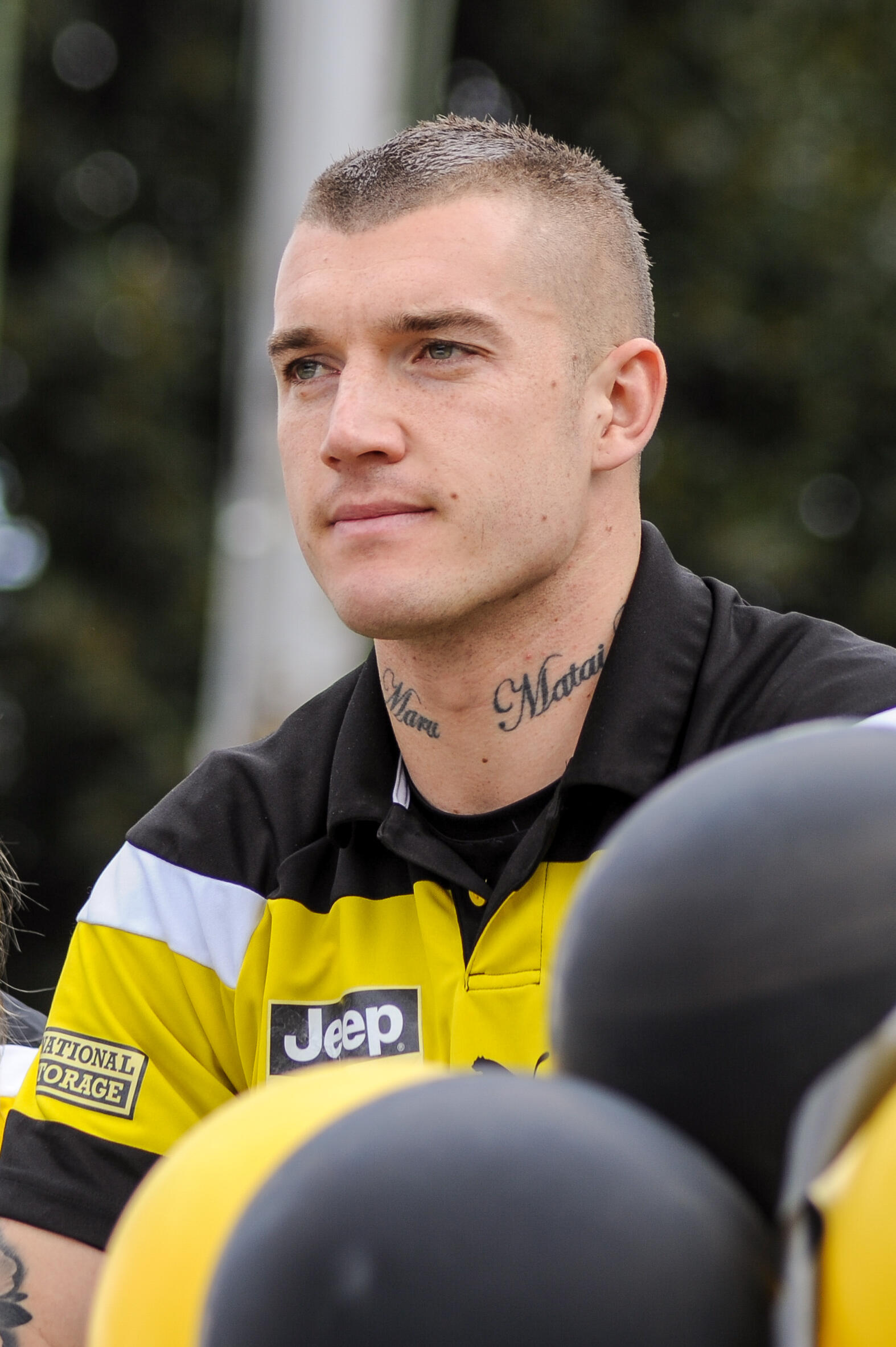
This crucial link combines running power with goal sense.
They push up the ground to assist in defence before sprinting forward to create scoring opportunities.
Half-forward flanks are often versatile, switching roles depending on the match's progress.
They sometimes play like midfielders, while at other times they play as small forwards.
Players like Cyril Rioli and Dustin Martin showed how half-forwards can break lines and kick clutch goals.
It's a demanding position. Players need endurance, creativity, and the ability to read the play.

AFL Midfield Explained
The midfield is where much of the action happens. These players start at centre bounces, fight for clearances, and run both ways, linking defence and attack. Midfield roles include ball-winners, runners, and ruckmen, all of which require endurance and skill.
Centre
The centre starts in the middle at every bounce. They have to win the ball, distribute it to teammates, and drive play forward. They need endurance, clean ball skills, and the ability to read stoppages.
Modern AFL midefielders like Patrick Cripps or Clayton Oliver dominate this role with contested possessions and clearances. The centre doesn't just stay in one spot; it tends to cover huge ground, linking defence and attack. A good centre influences the game more than any other player when they're constantly where the ball is.
Ruckman
The tallest player on the field, the ruckman's primary goal is to contest ball-ups and boundary throw-ins. They tap the ball to midfielders, giving their team first use and setting up attacking players. Ruckmen like Dean Cox, Simon Madden, and Max Gawn combine height and agility, which makes them dominant aerial players. Beyond ruck contests, they also take marks and drift forward to kick goals. Often acting as a launchpad, the ruckman can set the tone for how the midfield operates.
Ruck Rover and Rover
These were once two separate positions, but throughout the history of footy, their roles have evolved. The ruck rover and rover are often grouped as "on-ballers". The rover was the smaller, quicker player who stayed close to the ruck contest to gather ground balls. The ruck rover was slightly bigger and linked the ruckman and rover while driving play forward. Together, they'd win clearances and feed the ball to outside runners.
Modern examples, such as Lachie Neale and Marcus Bontempelli, are powerful midfielders who can also contribute to the forward line. The terminology might be old-fashioned, but the responsibilities of the roles are still there.
Wingmen
Wingmen patrol the wide sides of the oval. They provide width and running options for their teammates. Their role is to stretch the opposition, transition the ball from defence to attack and deliver inside 50 with precision.
Famous wingmen like Robert Flower and Andrew Gaff are fine examples of running ability and smart positioning. Wingmen cover kilometres each game but also have to deliver accurate kicks. They're not as flashy as goal scorers, but they give teams balance, space, and provide a link to turn defence into attack.
AFL Backline Positions
Every AFL team needs a strong defence. Defensive roles focus on stopping the opposition from scoring and rebounding into attack. The backline features tall defenders to handle key forwards, smaller defenders for fast opponents, and half-backs to launch counter-attacks.
Full-back
The last line of defence, the full-back, is matched against the opposition's full-forward. They have to prevent goals through spoiling, one-on-one contests, and rebounding from defence. They need to be strong, have excellent positioning, and be able to read the play.
Famous full-backs like Stephen Silvagni could shut down elite forwards. In modern AFL, full-backs launch attacks by winning the ball back and kicking long to their teammates. Without a reliable full-back, a team will struggle to hold its defensive structure.
Centre Half-Back
The centre half-back (CHB) is one of the most demanding positions. They have to defend powerful centre half-forwards. A combination of strength, mobility, and aerial ability, a CHB can set up play from defence, intercept marks, and push the ball into the midfield.
Legends like Glen Jakovich and Matthew Scarlett were dominant centre half-backs who controlled games. Though the role is mainly defensive, modern CHBs attack by cutting off opposition entries and transitioning play forward.
Back Pockets
Back pockets are smaller defenders who take on dangerous small forwards in the opposition attack. They apply pressure, spoil marking attempts, and chase down quick forwards. They have to be fast, fackle, and have impeccable defensive instincts. They don't tend to accumulate high possession numbers, but they limit the influence of some of the game's most damaging forwards. Famous back pockets like Chris Johnson combine toughness with skill. This position is for a team's most disciplined defenders.
Half-Back Flanks
Half-back flankers sit between the full-back and centre half-back.
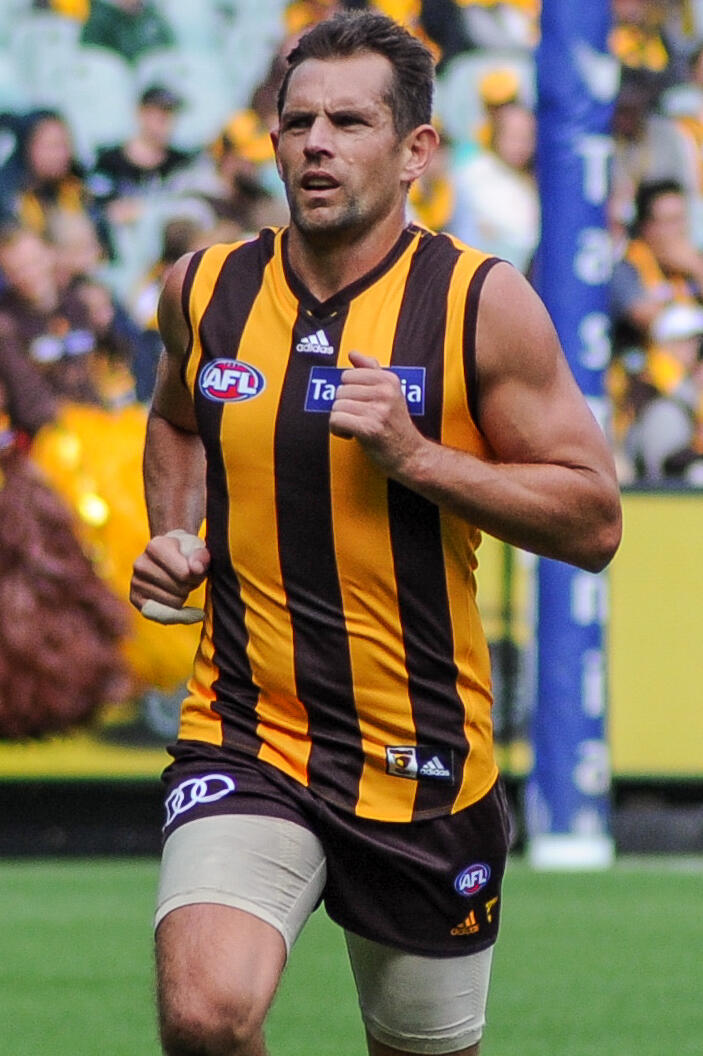
They offer both defence and attacking rebound.
They intercept marks and then run the ball out of defence with speed. In the modern game, half-backs like Bachar Houli and Luke Hodge have helped transform this position into a launch pad for counter-attacks.
Good half-backs balance their defensive responsibilities with creativity.
It's a dynamic position where they're expected to win the ball, defend one-on-one, and deliver precise kicks into the midfield.
Modern AFL Position Flexibility
In modern footy, AFL player positions are more fluid than ever, though the rules do dictate their positions at the bounce. There are traditional structures, but coaches demand flexibility from their players. Players rotate through multiple roles, which means a defender might push forward or a midfielder might rest in attack. Constant interchange rotations keep athletes fresh, but they have to adapt quickly to the flow of the game.
The rise of zoning and team defence means that defenders often guard space rather than a single opponent. This cuts off options and forces turnovers. Midfielders now press forward to apply pressure, with forwards usually defending from the front. Utility stars like Marcus Bontempelli or Patrick Dangerfield can influence games in multiple areas.
Iconic Players by Position
There have been plenty of famous players across different positions. Here, we've picked an example for each role. If you want to better understand what each position does, just watch these examples.

